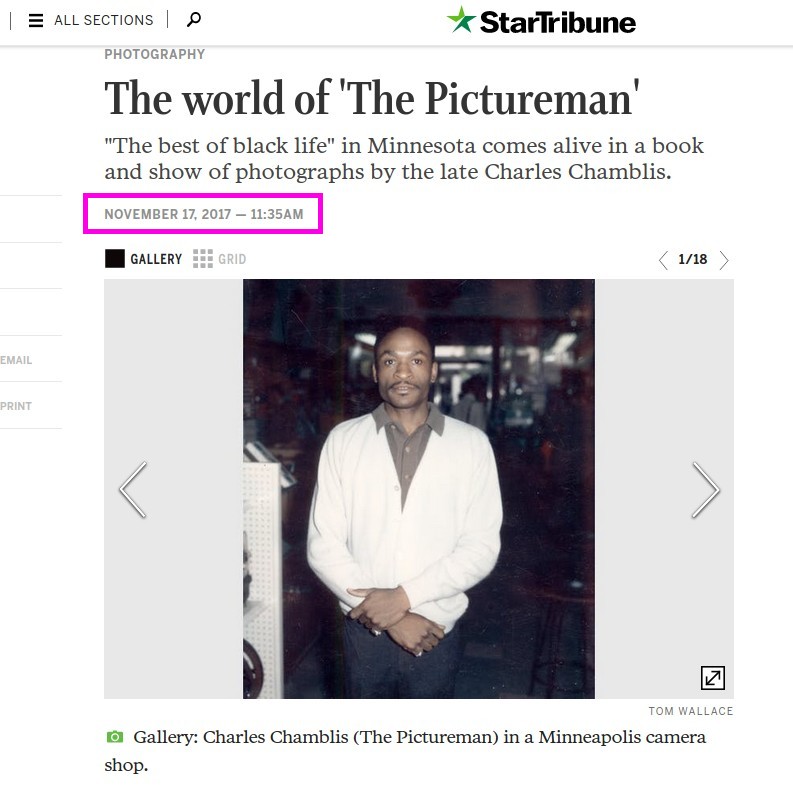Thread: How social media companies are fooling us all regarding their failures to fact-check issues on social media.
I want to use this simple example to explain what social media companies can do and are choosing not to.
I want to use this simple example to explain what social media companies can do and are choosing not to.
An account with 10 followers tweeted about a missing uncle in the middle of the strife going on in Minneapolis, US, and was retweeted 14.5k times. This is a common strategy to spread misinformation - Anonymous account + image or video + emotional story during a tense situation.
The image is an old image and was featured on the website of Star Tribune in November 2017.
https://www.startribune.com/the-world-of-the-pictureman/457343063/
How">https://www.startribune.com/the-world... could a social media company like Twitter have prevented this image from being used as part of a misinformation drive?
https://www.startribune.com/the-world-of-the-pictureman/457343063/
How">https://www.startribune.com/the-world... could a social media company like Twitter have prevented this image from being used as part of a misinformation drive?
To explain that, let me explain how easy it is to do this search. Here& #39;s what I did on my laptop. My primary browser is Firefox, and I use a Firefox addon called & #39;Image Search Options& #39;.
https://addons.mozilla.org/en-US/firefox/addon/image-search-options/
See">https://addons.mozilla.org/en-US/fir... the video.
https://addons.mozilla.org/en-US/firefox/addon/image-search-options/
See">https://addons.mozilla.org/en-US/fir... the video.
I used a popular technique called & #39;reverse image search& #39; that is provided by many search engines. The most useful implementations are by Google and Yandex. For those who want to learn a few techniques of how to spot misinformation, try this free course. https://www.poynter.org/shop/fact-checking/handson-factchecking/">https://www.poynter.org/shop/fact...
Question is, do Googles, Twitters, and Facebooks of the world need fact-checkers to tell them or tell people at large that this is an old image? They don& #39;t. They can automate this process. Whatever I did in the video, can be done through a program without human intervention.
Google has a product called & #39;Vision API& #39;. This product has been used by many people to automate reverse image search for various projects. Read this interesting research done using Google& #39;s Vision API. #71d6c90821b0">https://www.forbes.com/sites/kalevleetaru/2019/06/02/using-google-vision-apis-reverse-image-search-to-find-television-news-images-on-the-web/ #71d6c90821b0">https://www.forbes.com/sites/kal...
Google+Twitter+Facebook etc have very deep pockets, and it wouldn& #39;t be difficult for them to create a product which works across platforms which alerts users when old images are used to represent present events. And with some work, this can be extended to videos as well.
I& #39;m not saying that this is going to bring an end to misinformation. And the automation cannot be done for all images/videos. But it is certainly possible to add contextual information to many images/videos that are being misused on social media.
If and when these social media companies decide to do this, it will neutralise a very common strategy used by those who create disinformation. Half of the @AltNews articles have the title - "Old image/video passed off as".

 Read on Twitter
Read on Twitter



